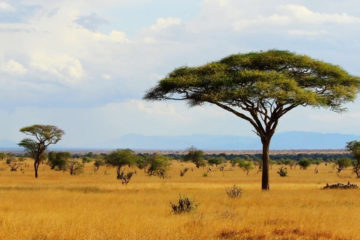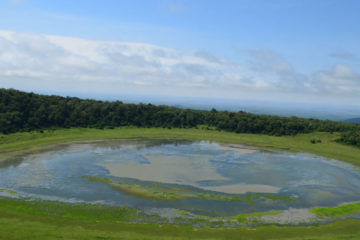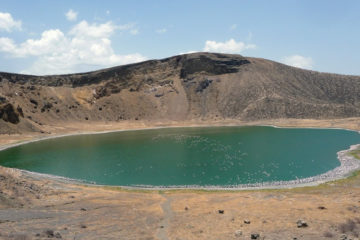This is the only place in Kenya to see the rare roan antelope. Other introduced species include Jackson’s hartebeest, black rhino, Bohor reedbuck, buffalo and Burchell’s zebra. The localized race of Rothschild’s giraffe can also be spotted. There are tracks to be found of leopard and spotted hyena, but they are shy and are unlikely to be encountered.
Best Time to Visit
Ruma can be visited year-round, but wildlife viewing is best in the dry months from June to October and January to February. Visits during the peak of the short rains (November), and especially during the long rains (April and May), might be challenging because of the condition of the roads, which aren’t great even in the Dry season. A sturdy 4×4 is required throughout the year.
Getting There
Visitors to Ruma need to be totally self-sufficient with a fully-equipped 4×4. The park is located 425km/264mi west of Nairobi, 140km/86mi from Kisumu, and 42km/26mi from Homa Bay on Lake Victoria. Fly-Sax offers scheduled flights to Homa Bay.
This is the only place in Kenya to see the rare roan antelope. Other introduced species include Jackson’s hartebeest, black rhino, Bohor reedbuck, buffalo and Burchell’s zebra. The localized race of Rothschild’s giraffe can also be spotted. There are tracks to be found of leopard and spotted hyena, but they are shy and are unlikely to be encountered.
The scenery is a mix of grassland, rolling hills and patches of woodland. The park is located in the Lambwe Valley east of Lake Victoria and is bordered by the Kanyamaa escarpment.
Weather & Climate
The weather and climate of Ruma is comparable to that of Kenya in general.




